I absolutely adore SANTONS, especially
the antique Spanish Colonial ones.
I'll be heading back to France next month and
plan to spend a few days in Spain with the hopes
that I can find a few at an affordable price.
The name Santon comes from the Provençal word
“Santoun” which in turn comes from the Italian word
“Santibelli”; meaning “little saints”.
They are also called Santos in Spanish.
Santons originated in Italy in 1223 when St. Francis of Assisi
(whose mother was from Provence) began staging
live nativity scenes.
After his death the custom of the creche spread
After his death the custom of the creche spread
throughout Europe.
It was during the French Revolution that Santons
It was during the French Revolution that Santons
became popular. Prior to the Revolution, parishioners
re-enacted the nativity in the form of a play. The
Church further encouraged them during the
Council of Trent in the 16th century,
to help combat Protestantism.
But, when the Revolution banned midnight mass
and nativity plays in 1789 and churches were closed in 1794,
the creche began appearing in private homes.
In 1797, a Marsaillais called Jean-Louis Lagnel (1764-1822)
conceived the idea of creating a number of provençal
santons to add to the crèche. He also developed
the plaster mould, which enabled mass production.
One of his moulds is still preserved in the
Musée de Vieux Marseille
along with a number of clay figurines. As time past
more clay figurines were added to the crèche
representative of the "Pastoral" a play performed
in Provence at Christmas.
Nowadays there are numerous santon fairs all around
the Côte d’Azur and Provence at Christmas time.
Many say that the most beautiful santon fair is in
Aix-en-Provence, the historical capital of Provence.
The fair is held every year through the month of December.
Dressed Santons originated in Italy too and can be
traced back to the 18th century. Dressed santons
represent provençal trades people from the 17th century.
A quality santon is made in one piece (except the arms)
A quality santon is made in one piece (except the arms)
and not held together by any wires. The hands should
be nicely shaped with well marked fingers and the
same colour as the face. The size of the santon must
be fives times the dimension of its head. Clothes must
comply with provençal customs, hand stitched and not
glued or pinned.
Typical accessories are:
Taiole : a red, blue or grey ribbon wrapped
Taiole : a red, blue or grey ribbon wrapped
three times around the waste.
Scarf : folded in a triangle, with three folds, the ends
Scarf : folded in a triangle, with three folds, the ends
crossed over in the front and hidden by the apron;
the end point of the scarf must not show beyond the waist.
Owning a Santon is like having a little bit of French
folklore and Provence in your home and something
a little magical too.
For some great examples of antique Santons
and Spanish Colonial Art visit Historia Antiques
and keep your fingers crossed that I am able
to find a few next trip.










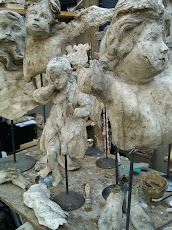
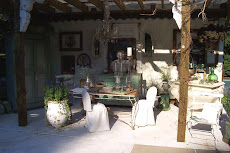

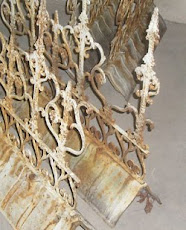

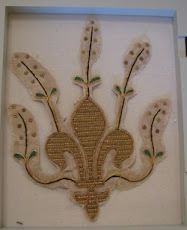
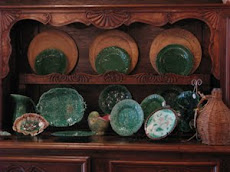

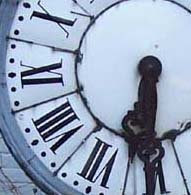



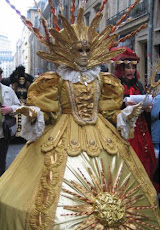
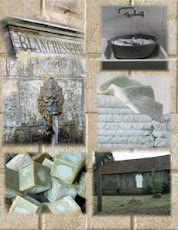
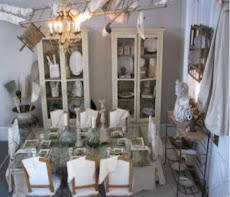
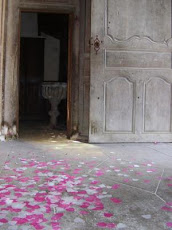






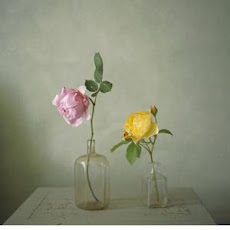












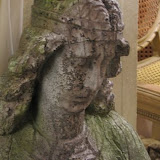



























No comments:
Post a Comment